Khanh Lam Pagoda
(BNP) - Khanh Lam Pagoda, also known as Cham Pagoda (Cong village, Mao Dien commune) was originally a common pagoda of two former Mao Dien communes (Mao Dien Dong and Mao Dien Doai). Now, the pagoda according to the division of boundaries is located in Cong village.
The Tam Bao building (Three Treasures) of Khanh Lam Pagoda.

The Tam Bao building (Three Treasures) of Khanh Lam Pagoda.
The pagoda is currently located on Cao beach, in the northwest of Cong village, facing south. In the temple, there are many old green trees creating a dark and quiet landscape.
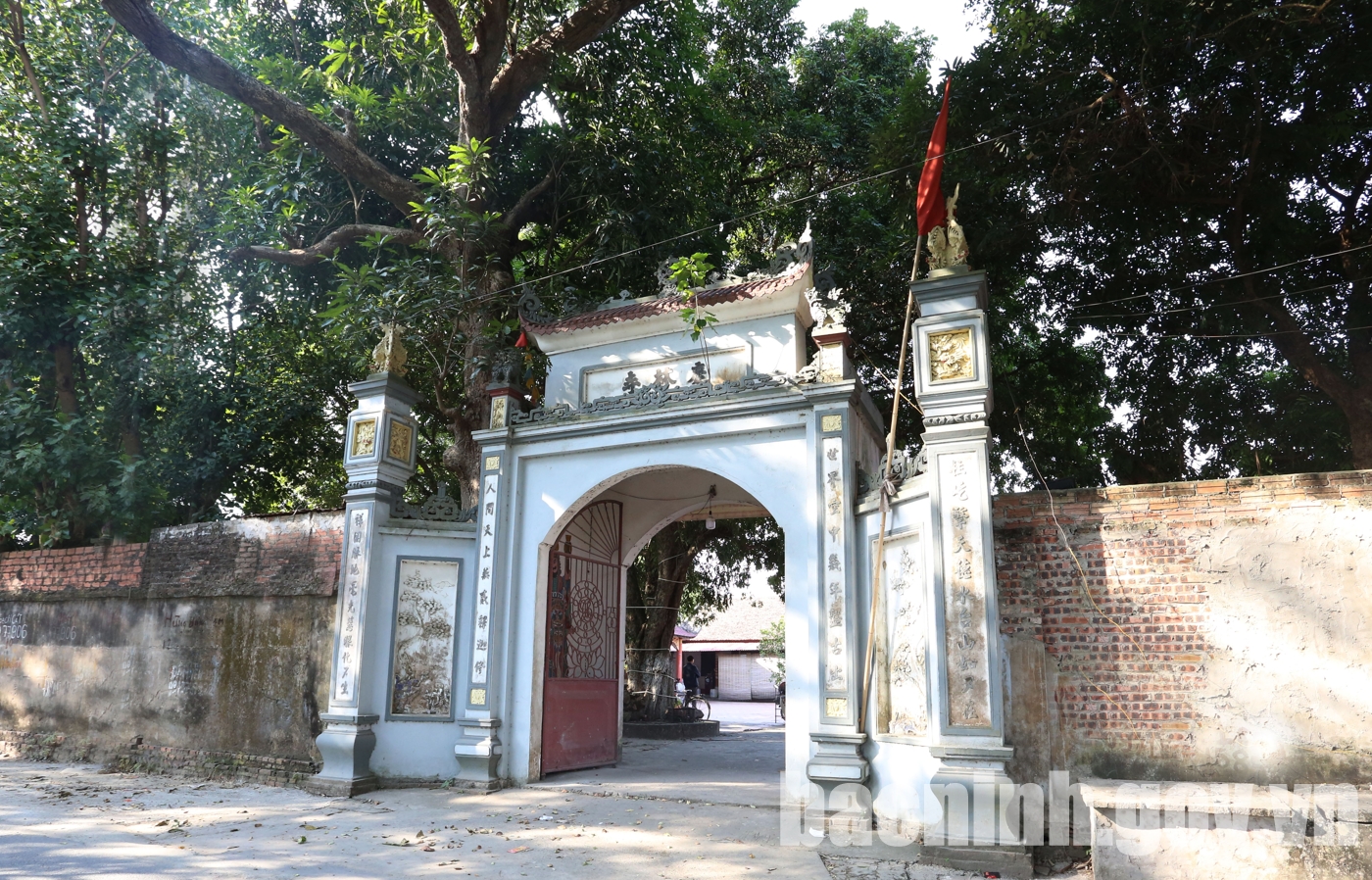
Tam Quan of Khanh Lam Pagoda.
The pagoda consists of the main works: Tam Quan, Tam Bao, Ancestral worshipping house, Mother worshipping house and auxiliary works of the pagoda.
Tam Quan is located in front of Tam Bao. In 1979, it was demolished. In 1989, it was rebuilt.
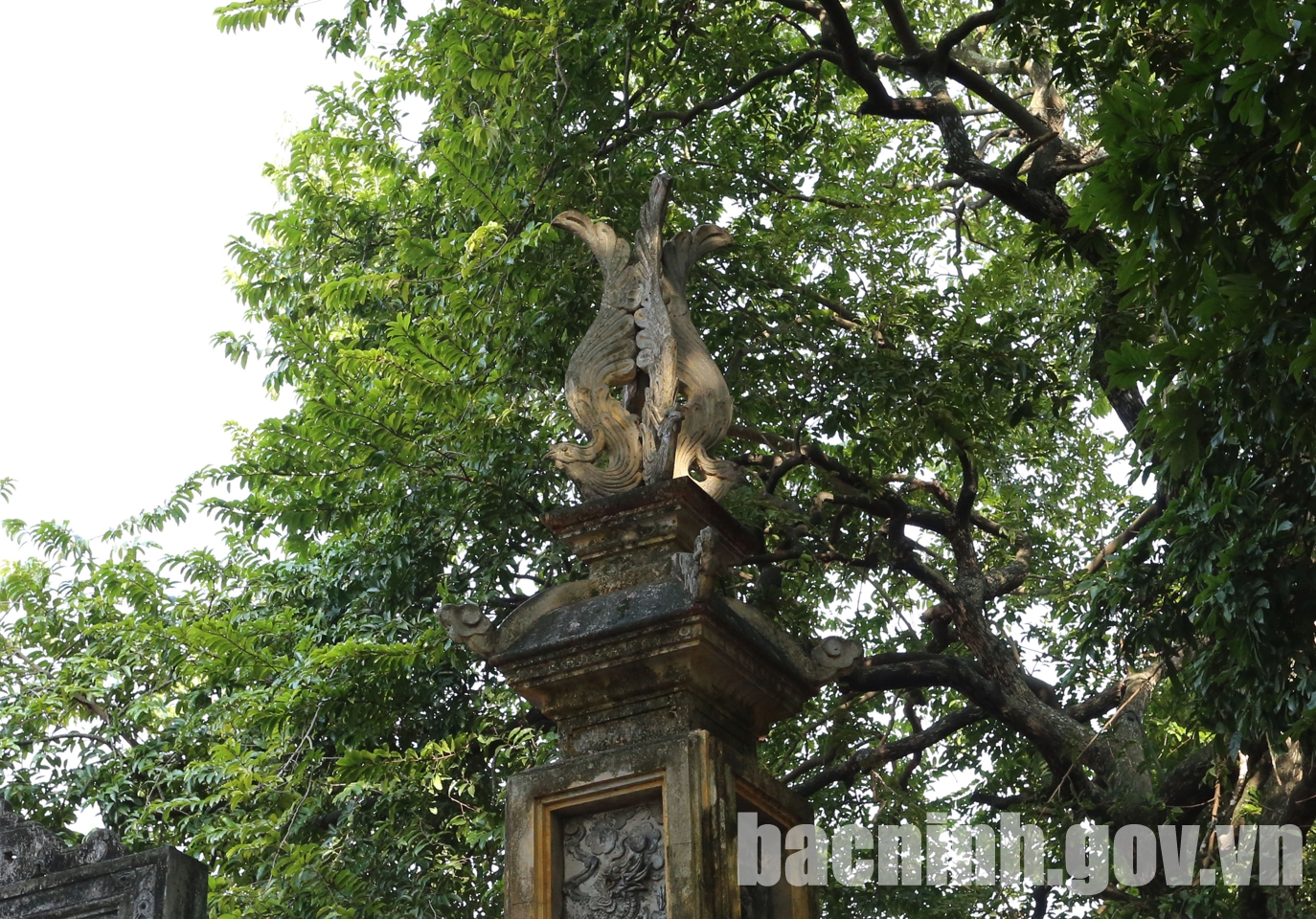
The pagoda is decorated with fine art carvings.
The Tam Bao has an architecture of Chinese “Dinh” letter.
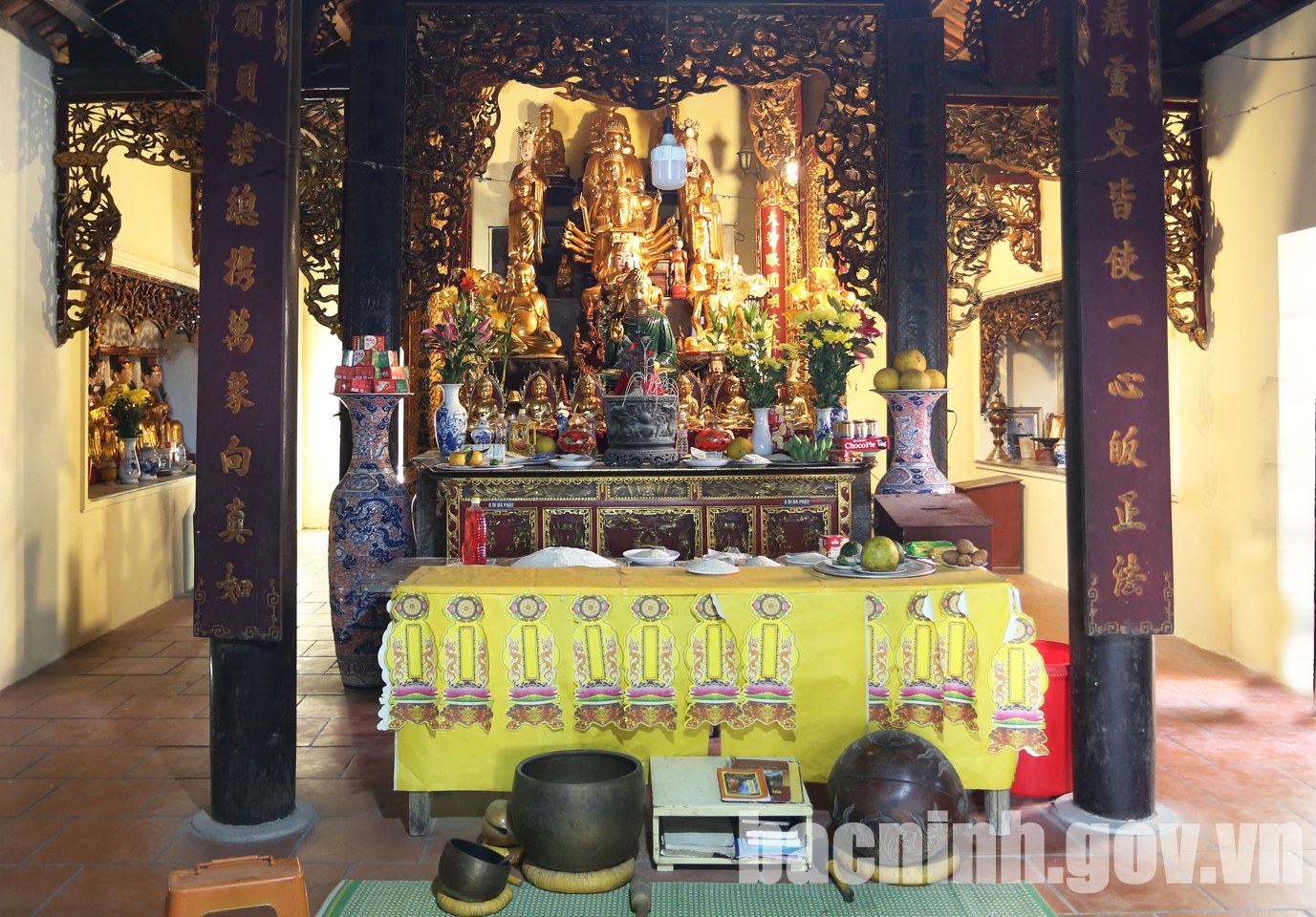
The main altar.
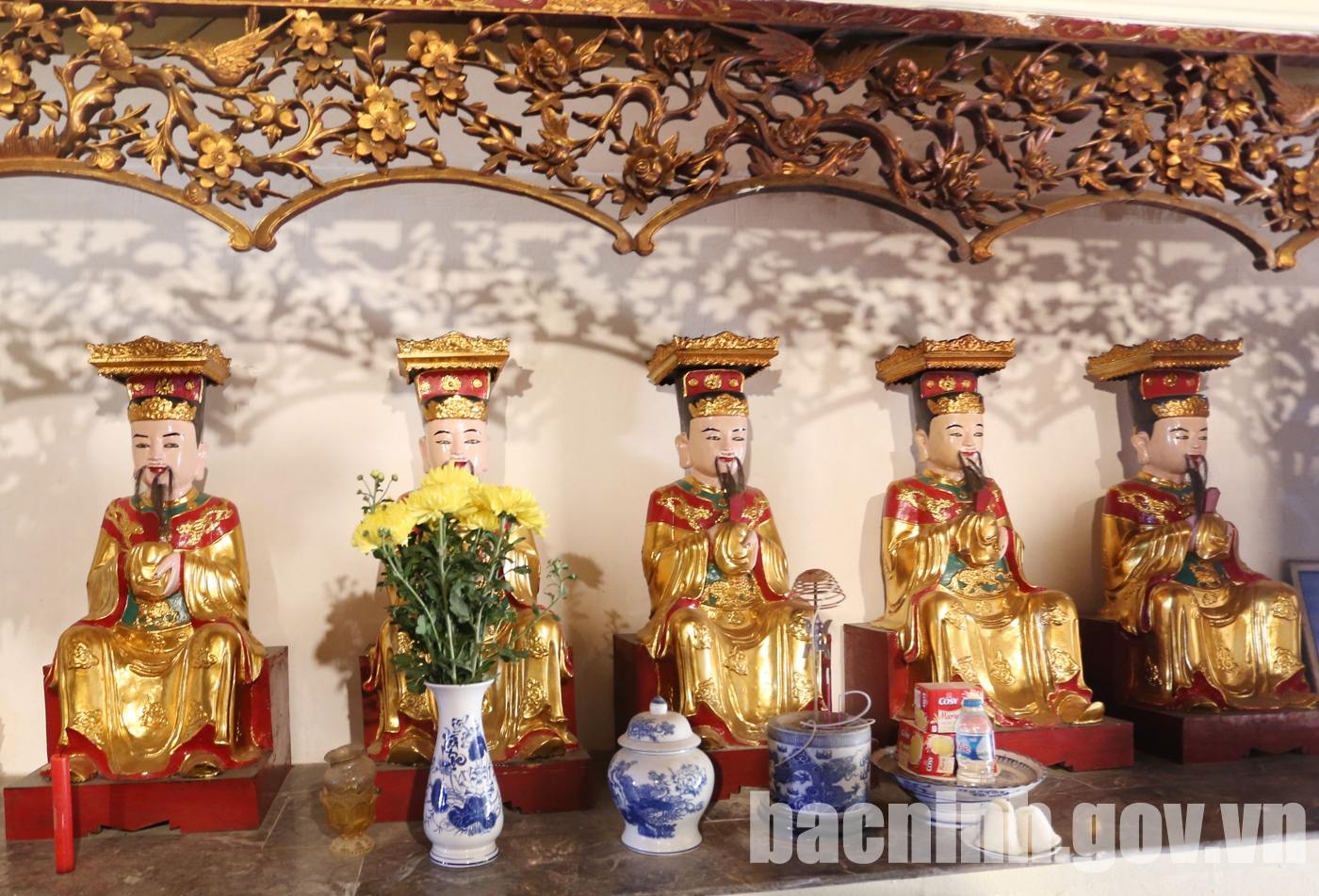
The wooden statue system dates back to the Nguyen Dynasty.
The Ancestral worshipping house is located behind Tam Bao, including 5 compartments. The Mother worshipping house is located in front of the Ancestral worshipping house with 5-compartment Front Ceremonial Hall and 1-compartment Emperor’s Harem.

The horizontal lacquered board (engraved with Chinese characters) is dated to the Nguyen Dynasty.
Currently, the pagoda still preserves many typical artifacts such as: 01 stele "Trung tu Khanh Lam tu bi tao" dated Vinh To 1 (1626); 01 stele “Hau bi ky” dated Tu Duc 5 (1852); 01 stele, dated to the Nguyen Dynasty; ancient bell, horizontal lacquered board, incense bowls dating back to the Nguyen Dynasty...

The incense bowl is dated to the Nguyen Dynasty.
Khanh Lam Pagoda Festival is open from the March 1st to the 3rd (lunar month) every year.
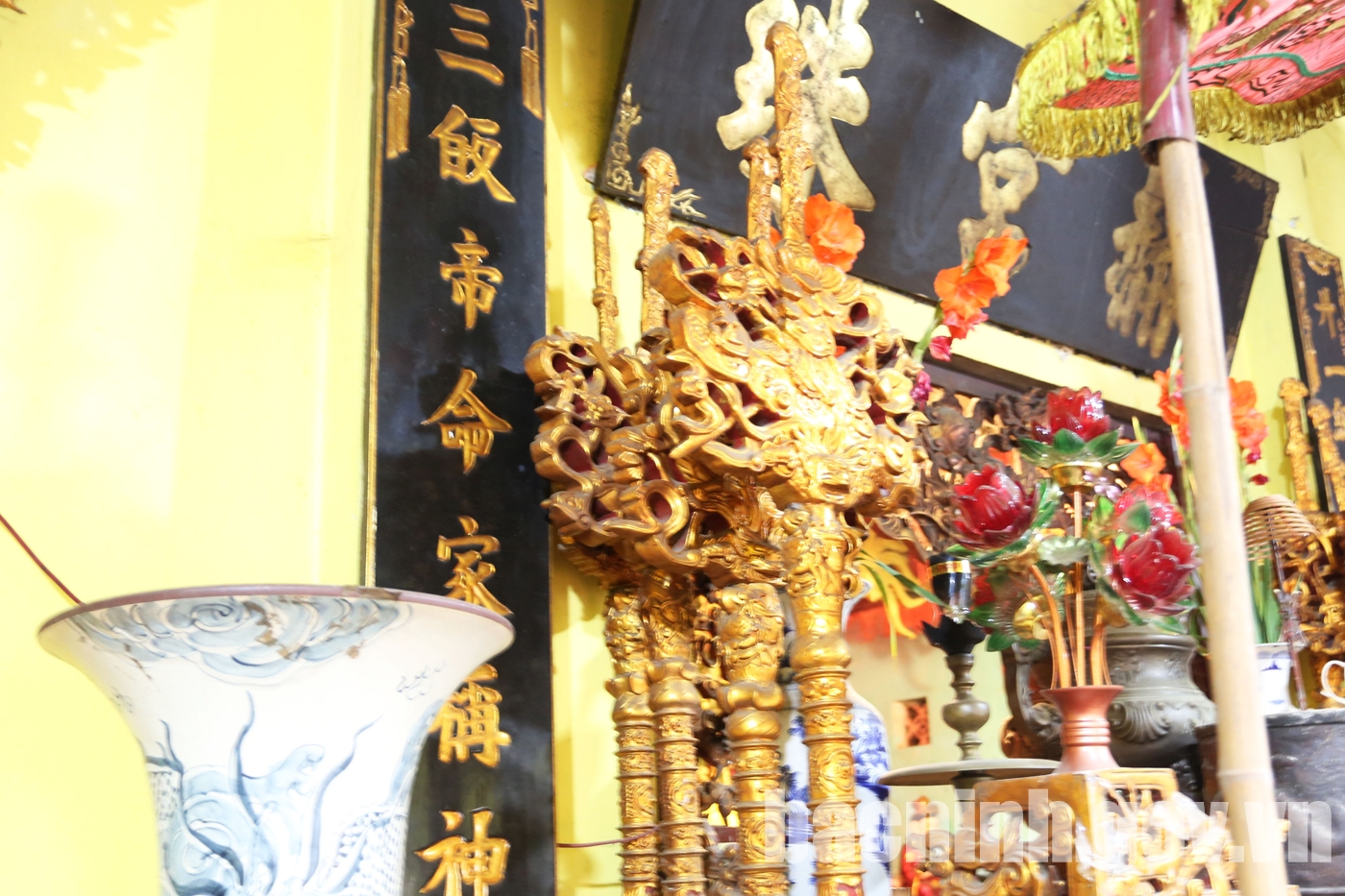
Set of eight treasures.
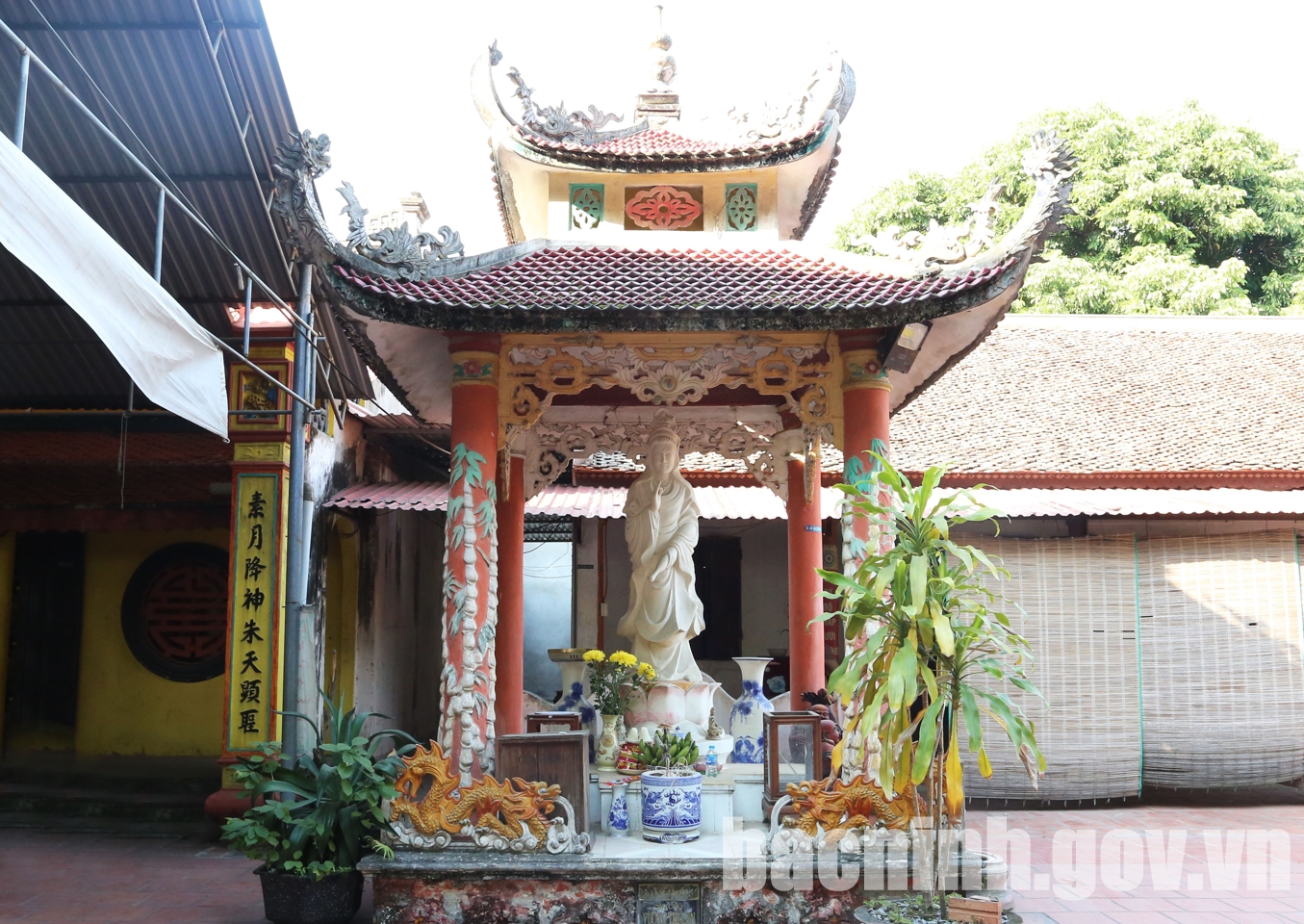
The altar to worship the Quan Am (Bodhisattva Avalokiteshvara)
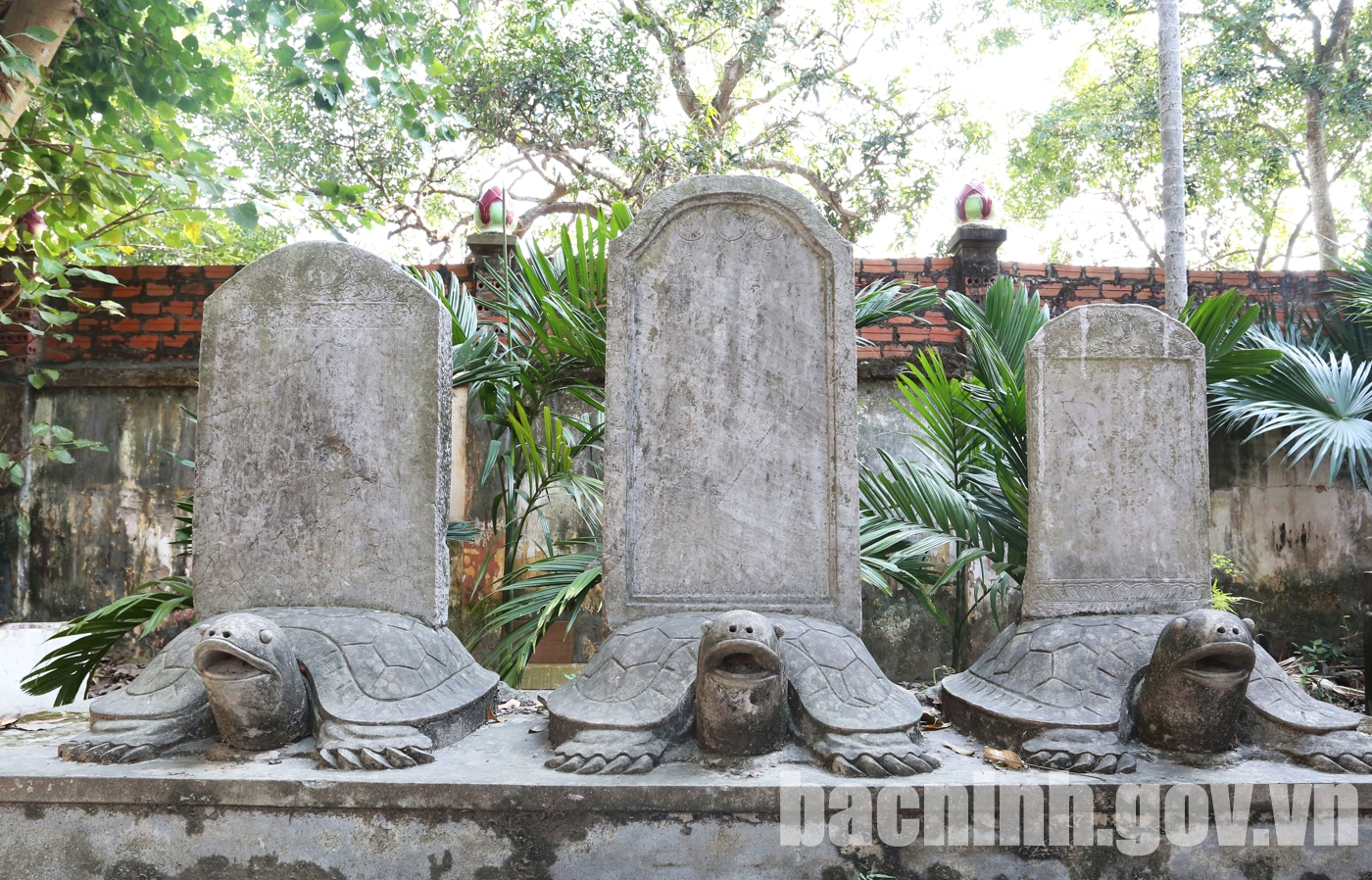
The system of ancient steles dated back to the Nguyen Dynasty.
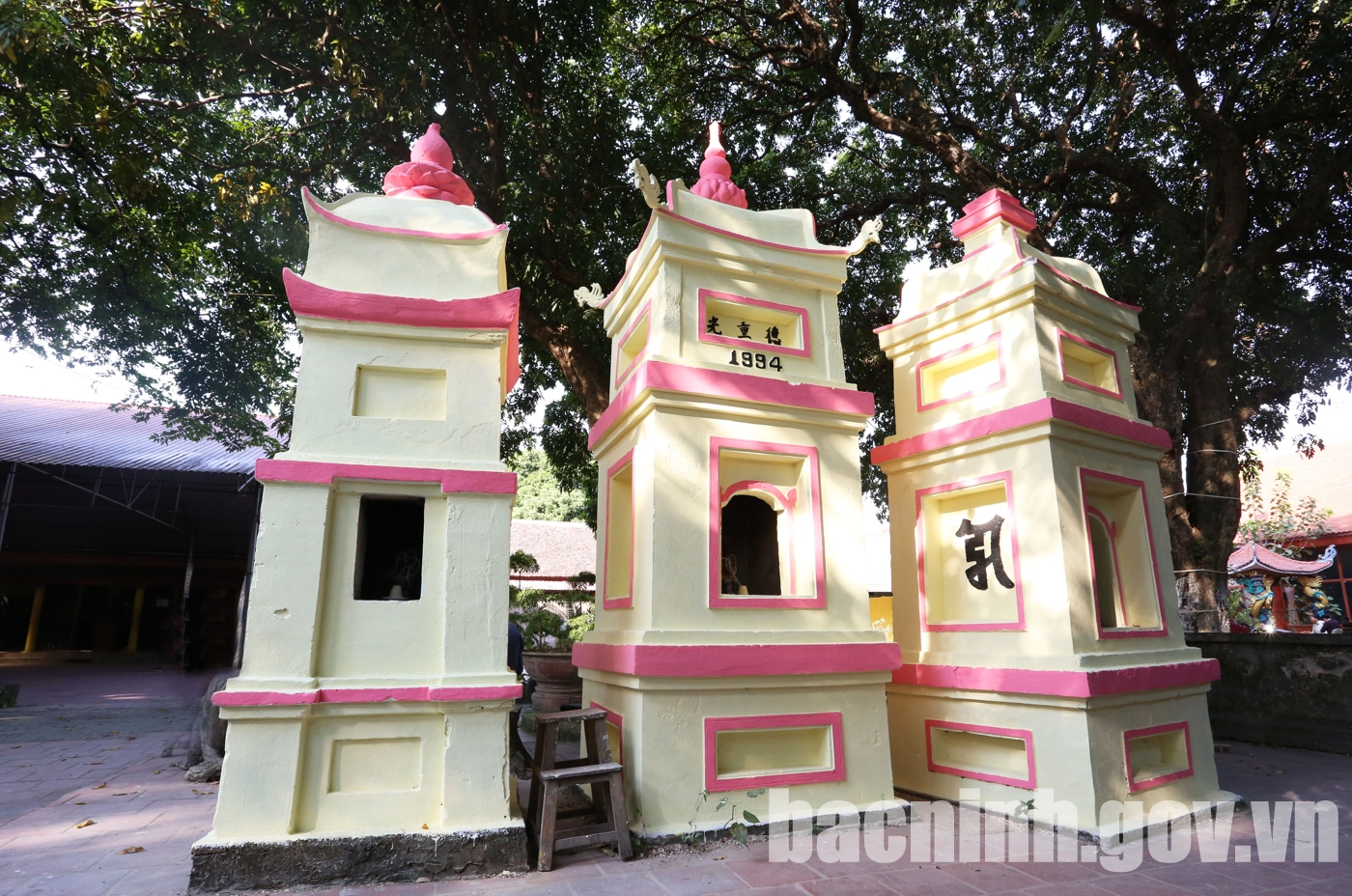
Khanh Lam Pagoda is classified as a provincial historical - cultural relic by the State in Decision No. 1160/QD-UBND dated August 30, 2012.






